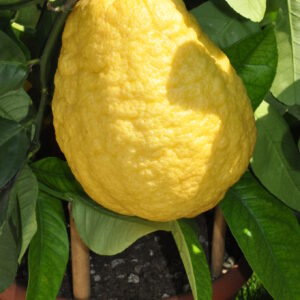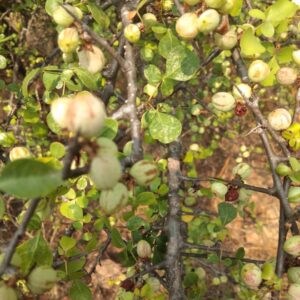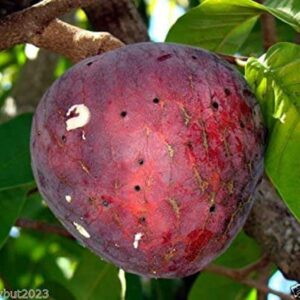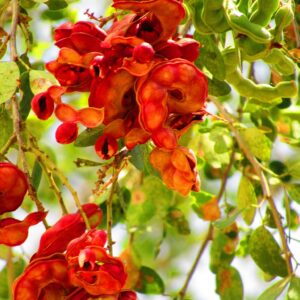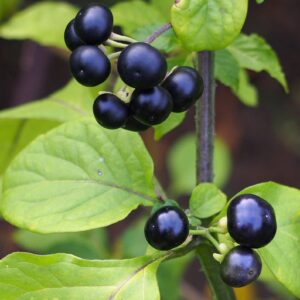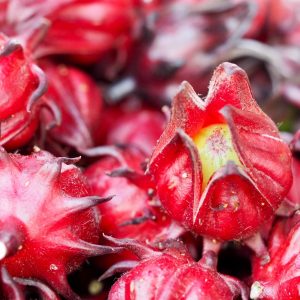$4.32
/ per pack
Choose seeds per pack:
Botanical name:
Common name:
Kingdom: Plantae
Clade: Tracheophytes
Clade: Angiosperms
Clade: Eudicots
Clade: Rosids
Order: Rosales
Family: Moraceae
Genus: Ficus
Subgenus: F. subg. Ficus
Species: F. amplissima
Ficus amplissima, also known as the Indian Bat tree, Indian Bat fig, Pimpri, Pipri (Piparee), Pipali or Bilibasari mara (in the Kannada language) is a tree species of flowering plants that belongs to Moraceae, the fig or mulberry family. It is native to Central and southern Peninsular India, Sri Lanka and Maldives, having a significant distribution throughout Western Ghats of India. It is most commonly planted to provide shade in coffee plantations due to its dense and wide foliage. The ripened figs attract many birds, especially during the spring.
Ficus amplissima is a large evergreen or semi-deciduous tree with a widely spreading crown of over 10 m (33 ft). It can grow up to a height of 25 m (82 ft) in natural conditions and has a moderate to dense spread of aerial roots which are generally wrapped around top of the trunk. It has a trunk diameter of up to 2 m (6 ft 7 in). The leaves are broadly ovate elliptic-lanceolate to ovate-oblong in shape with a blunt or acute tip and an entire margin; the leaf base is acute-cuneate or rounded in shape. They are 5–14 cm (2.0–5.5 in) long and 2.5–9 cm (0.98–3.54 in) broad, with a 1.5–5 cm (0.59–1.97 in) petiole. They are simple and occur alternately on branch, having a slender and grooved shape above and a glabrous, glandular shape at the apex below. The lamina is glabrous and coriaceous; trinerved from base, the midrib is raised above the leaf plane and lateral nerves are present in 8-10 parallel pairs, appearing prominently slender; the tertiary nerves are obscured and reticulate. The fruits are small stalkless figs 1–1.5 cm (0.39–0.59 in) in diameter, light green initially, ripening to syconium red or purple, with smooth achenes. The bark of the trunk is thornless and greenish-gray with a blaze yellow reflection, with a smooth texture. It exudes a milky white latex exudate profusely. Branches and branchlets are terete in shape with a glabrous or puberulous surface covered with annular scars and a pale yellow tinge.
Ficus amplissima typically begins as an epiphyte in the branch of a tree that grows aerial roots that can provide nutrients when they reach soil. The aerial roots can surround the trunk of the host tree, which, combined with the growth of F. amplissima in the branches, can eventually kill the host tree.
Inflorescence
Ficus amplissima displays a syconium type of inflorescence (arrangement of the flowers on a plant) borne by all figs (genus Ficus), formed by an enlarged, fleshy, hollow receptacle with multiple ovaries on the inside surface. It is a monoecious species, meaning that separate staminate and carpellate flowers are always found on the same plant. Flowers are unisexual and arise with in the inner wall of syconia, are axillary (arising from the axil of an inflorescence) subsessile (not attached completely with a stalk) and have depressed globe-like shape (spherical with a flattened top and bottom). They are crowned towards the end of branchlets surrounded by basal bracts in a group of three.
The flowering and fruiting cycle of F. amplissima occurs between September to December. Leaves fall in early January and continue until mid-February. Flowering occurs from late November through the middle of January. Fruiting begins in early December, a few weeks after flowering begins, and continues until middle to late February.
| Weight | N/A |
|---|
